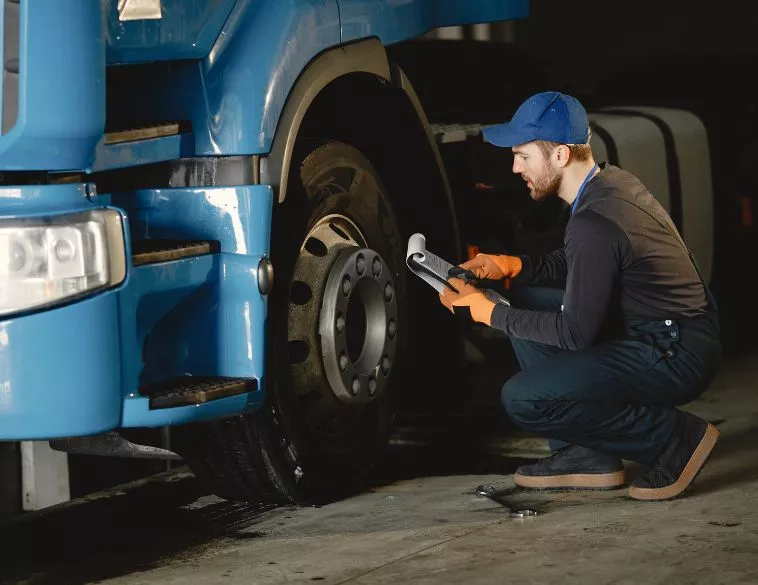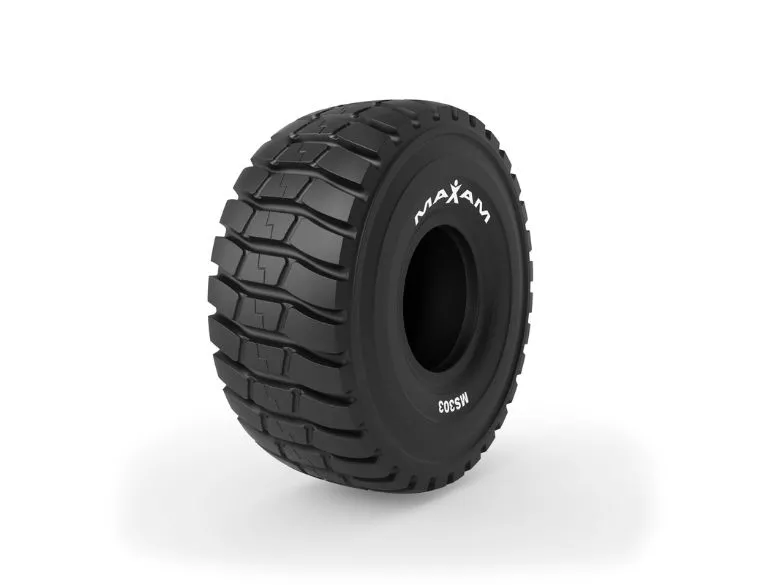The importance of proper tire maintenance

Medium-duty commercial trucks are the backbone of the global economy. Without them performing critical duties, like last-mile deliveries, the world would come to a standstill. Taking that logic one step further, without tires these important workhorses wouldn’t be able to go anywhere or get any job done.
So, let’s look at some of the key considerations we need to keep in mind if we’re servicing these vehicles, especially if it’s your job to keep these trucks moving, day in and day out.
Don’t ignore the basics
One of the first things we learn as automotive technicians is the importance of tire pressure. Too high or too low and disaster can strike. It’s no exaggeration to say that tire pressure is the foundation of even the most basic tire maintenance plan.
This means that daily checks are a must. Not sure what the numbers should be? Don’t read the sidewall—check the placard that’s located on the door jamb for the proper weight rating, wheel width and air pressure.
A great reference to look at is TIA’s Commercial Tire Service Manual, or the USTMA (U.S. Tire Manufacturers Association) manual. They both contain great information on servicing commercial truck tires, including insights into various conditions that can affect the performance of these tires: overloaded, under-inflated, alignment issues, non-rotation, and much more.
Cargo dictates pressure
Keep in mind that when we’re dealing with commercial tires, it’s the weight of the vehicle and the cargo that dictates the tire pressure. The actual gross axle weight (front and rear) should be compared with the tire manufacturer’s recommendations to determine the required inflation pressure.
These pressures should be checked daily, since overloading and under-inflating the tires can cause premature wear, as well as extremely dangerous zipper ruptures. Even a tire fire could happen, caused by overheating.
Another one of the basics of tire maintenance is tread depth. According to the Commercial Vehicle Safety Alliance (CVSA), a steer tire with 2/32nds of tread should be out of service, while one with 4/32nds is worthy of a citation. These numbers apply to trucks both in Canada and the U.S.
Drive and trailer tires are out of service at 1/32nd and will receive a citation at 2 /32nd. Moreover, if you see any exposed steel, that’s automatically an out of service condition. Drivers who violate these standards can receive CSA points, and the costs to the employer can add up quickly.
Paying the price
While the worst-case scenario may be a zipper rupture or a fire, a lack of tire maintenance comes with other costs. From premature wear to compromised fuel economy, the costs can add up, which mean that there’s always a price to pay when you don’t take good care of your tires.
Consider another harrowing scenario: a blowout on a steer tire. The best possible outcome would be a stranded truck that can’t complete its deliveries or other assigned job. The worst possible outcome could be a driver who loses control of their truck, resulting in an accident, property damage, physical injury or death. In either case, there’s a price to pay.
If you ask me, that price is too high. So, let’s all focus on getting the trucks and drivers home in one piece every night. Stay safe out there!




